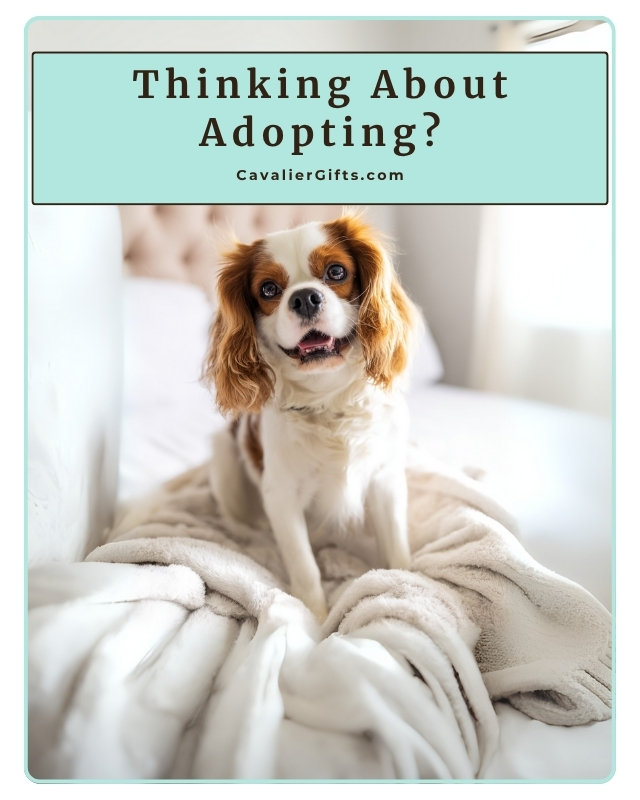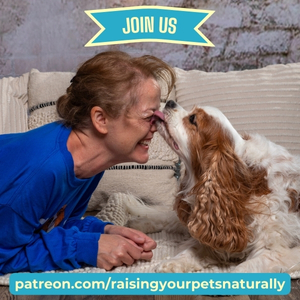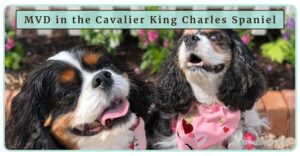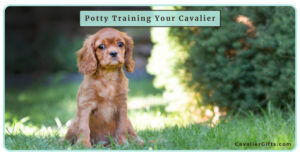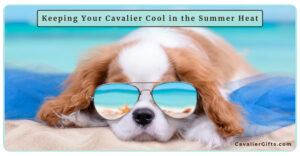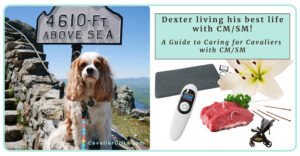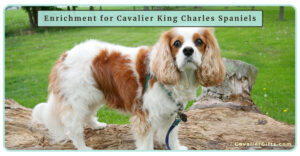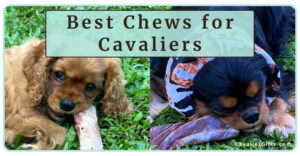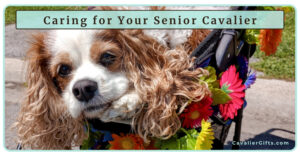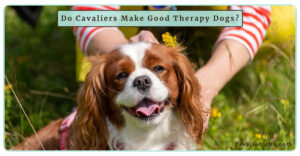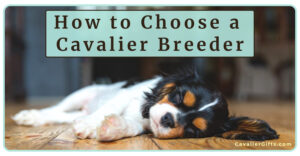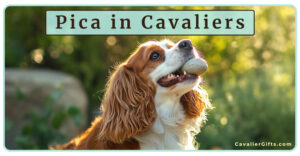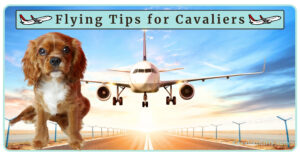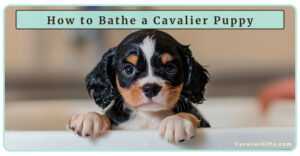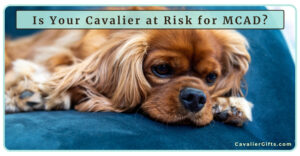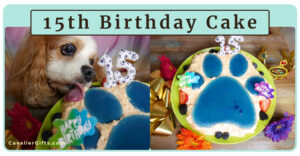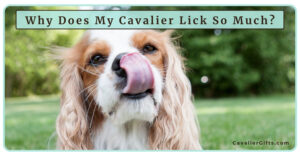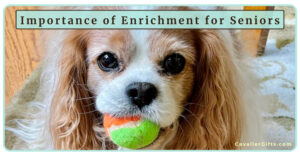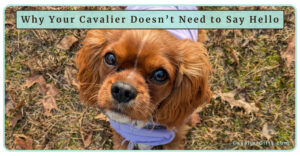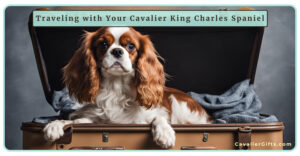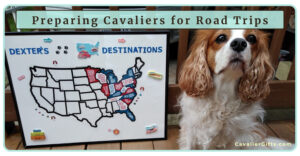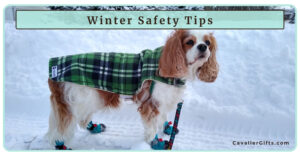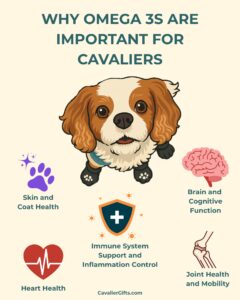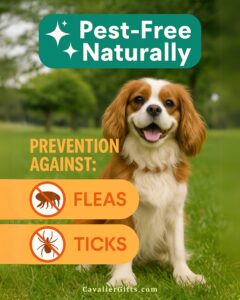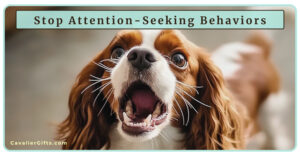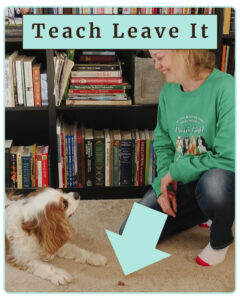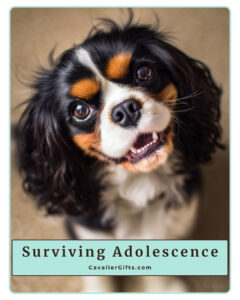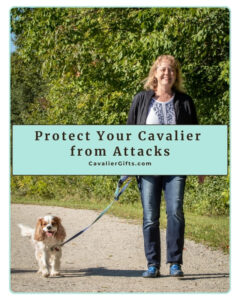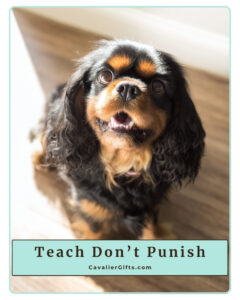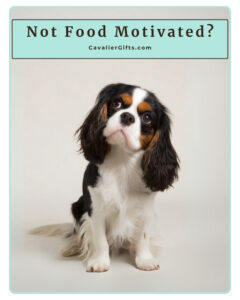Tag: Cavalier King Charles Spaniel behavior
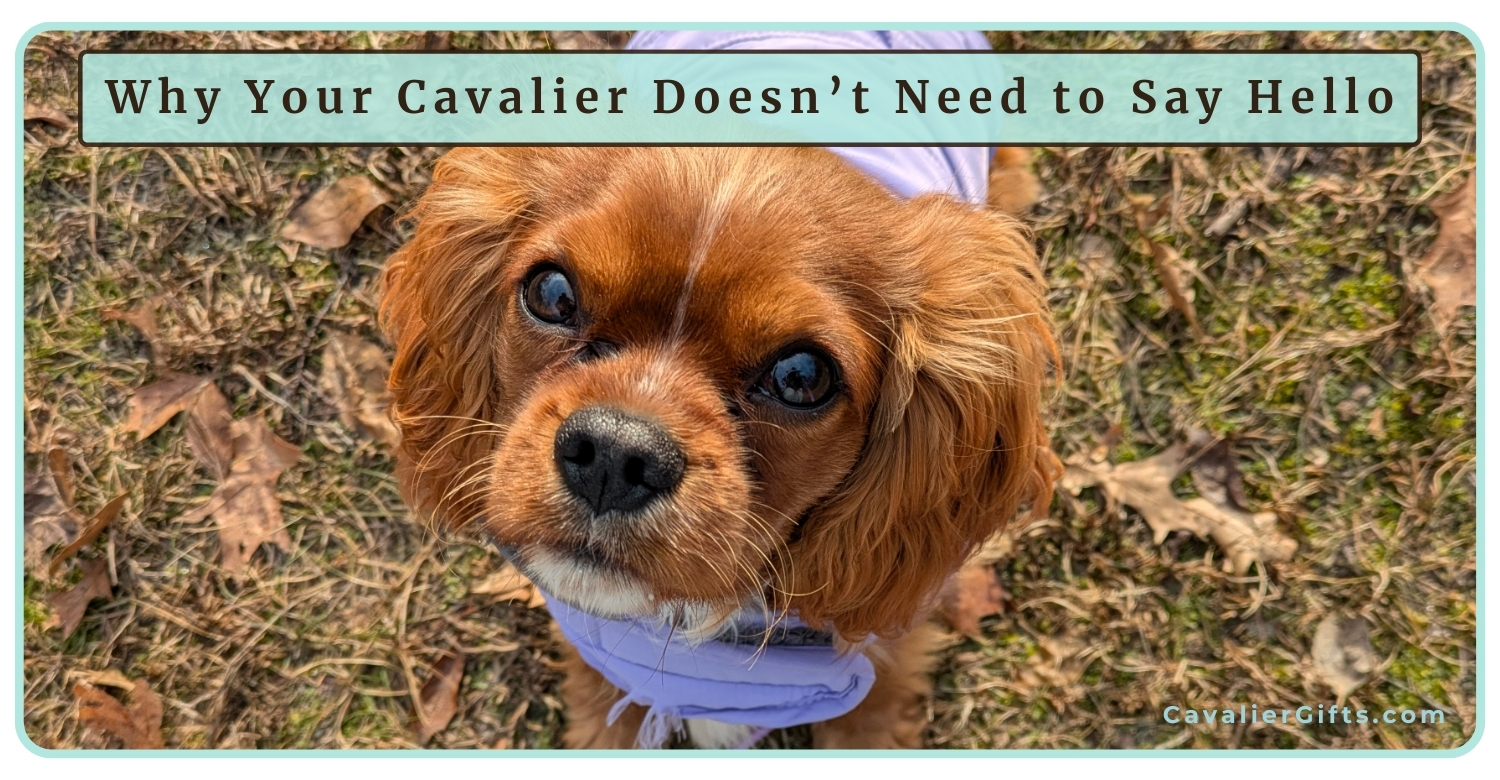
Why Your Cavalier King Charles Spaniel Doesn’t Need to Say Hello to Everyone or Every Dog (Early access for our Patreon community)
How to Teach Cavalier King Charles Spaniel to Ignore Distractions


When I’m out with Stewart, my 7-month-old Cavalier, we get stopped a lot. People see his big, sweet eyes, his cute winter coat and wiggly little body and immediately want to say hello. And if this goes for people with or without their dog.
But here’s the thing, not every outing is a social event, and not every person or dog needs to be greeted.
Dog Socializing vs. Everyday Walks
There’s a time and place for socializing, and there’s a time for simply spending quality time with Stewart on our walks and outings. I make sure Stewart has appropriate and positive, structured experiences meeting new people and dogs in a controlled way. This helps him learn confidence, good manners, and appropriate greetings. But, at the same time, I’m teaching him an equally important skill, ignoring distractions such as people and dogs and walking politely with me.
If every walk turns into a meet-and-greet, dogs start to expect it. They pull toward every person or dog, they get frustrated when they don’t get to say hello. That can lead to barking, lunging, or general overexcitement, making walks stressful instead of enjoyable.
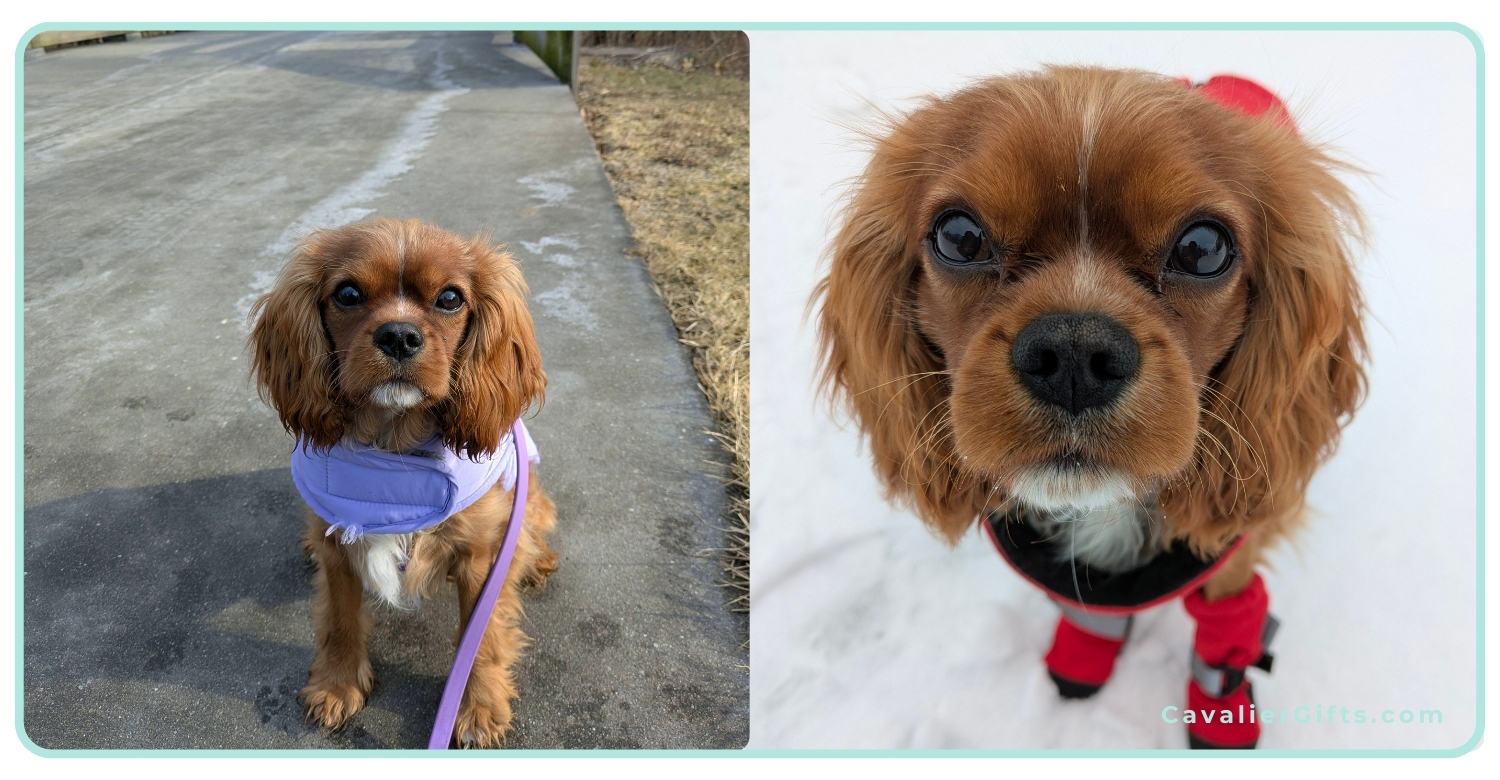
Why It’s Important to Teach Your Dog to Ignore Other Dogs and People
- Not Every Dog Wants to Say Hello
Some dogs are nervous, in training, or simply not interested. Teaching Stewart to walk past other dogs calmly means he won’t invade another dog’s space or make an already anxious dog uncomfortable. - People Aren’t Always Dog People
Shocking, I know! But not everyone wants a happy little Cavalier bouncing up to them. Some people are afraid of dogs, allergic, or just in a hurry. Stewart is learning to walk past without expecting attention makes life easier for everyone. - Impulse Control is a Life Skill
Dogs who can stay focused, even when exciting things are happening around them, are safer and more enjoyable to live with. If Stewart learns that he doesn’t always get what he wants the moment he wants it, he’ll be better at handling frustration in other areas of life too. - Not Every Walk is About Socializing
Sometimes, I just want to enjoy a peaceful walk with Stewart. He doesn’t need to greet everyone to have a fulfilling experience, sometimes sniffing, walking together, and taking in the world is enough. - Better Walks in Busy Places
By teaching Stewart to walk with me instead of focusing on every dog or person, our walks are smoother and more enjoyable. Crowded sidewalks, busy parks, or narrow trails are much easier to navigate when he stays by my side rather than pulling toward distractions. - Prepping for Travel & Public Outings
I plan on traveling with Stewart, airports, dog-friendly boats, outdoor dining, places where he’ll need to stay close and focused on me. Teaching him now that he doesn’t always get to greet everyone will make these experiences stress-free and enjoyable for both of us.
Don’t forget to subscribe to @CavalierTipsandFun for more videos!
How I’m Teaching Stewart to Walk Past Distractions
- Reward Calm Choices
When Stewart notices a dog or person, I reward him. I’m teaching him they=treats. Eventually, he will start to make that connection, see the distraction and look at me for the reward. This is what I’m going for. Over time, he’ll learn that staying focused on me, and it’ll be a non-event for him, he’ll simply walk past without even thinking about stopping to greet. - Use Distance
If Stewart’s too excited or distracted, I create more space between us and the distraction to help him refocus. As he gets better at ignoring, I’ll gradually close that gap, making it easier for him to pass by calmly. - Give Him a Job
I use cues like his name game, watch me, paws up, touch to keep his attention. Engaging his brain with productive tasks means he’s less likely to pull toward distractions. - Set Clear Expectations
I make sure Stewart knows that pulling towards people or dogs does not work. If he starts to pull, I either toss in his name game, stop and wait for him to renege, or add more distance. It truly depends on the situation. I do want him to be successful.
Handling Approaching People
When someone is steadily approaching your Cavalier, how you handle it depends on your goal at that moment. As a positive dog trainer, sometimes I want to explain and educate. If so, then I’ll squat down with Stewart, reward him for staying focused on me, and let the person know we’re training and practicing ignoring distractions. If I choose to say hello, I tell Stewart, “Let’s say hi,” and calmly approach. But sometimes, I just want to keep moving, so I give a quick, upbeat “We’re not saying hello, thank you!” and continue walking, keeping Stewart focused on me. It’s all about setting the tone for the interaction while making sure my dog stays engaged and confident.
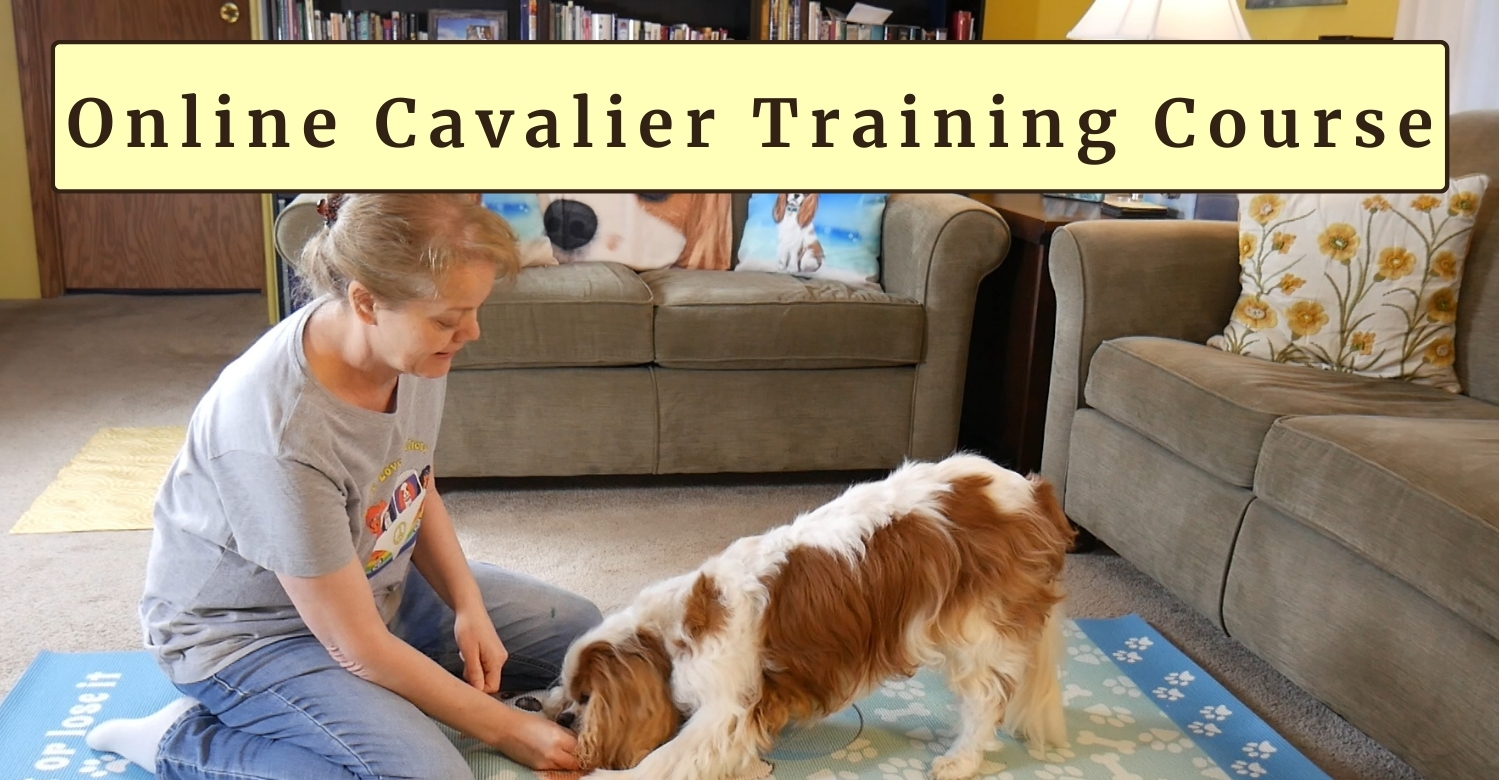
Finding the Balance
There’s a time and place for socializing, and there’s also a time to focus on the walk itself. If you do want to stop and say hi, try to stop about 10 feet away from the other person or dog and ask first if it’s okay. Keep in mind that others might be training their dogs or dealing with their own challenges during the walk, so giving them some space is always a good idea. Being considerate makes the experience better for everyone, whether it’s a quick greeting or just calmly walking by each other. I then give Stewart the cue, “Let’s say hi,” so he knows he has permission to greet.
There’s nothing wrong with letting your dog greet others when it’s appropriate, but it’s just as important for them to learn that not every outing is a social event. Teaching Stewart when it’s time to engage and when it’s time to focus on me makes him a better walker and ensures our walks stay enjoyable.
When you’re walking your Cavalier King Charles Spaniel, how do you decide when it’s time to socialize and when it’s time to focus on the walk?

|
|

|
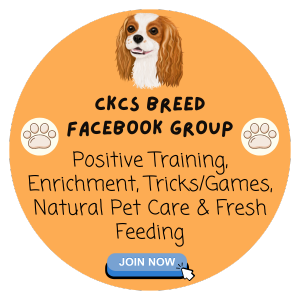
|
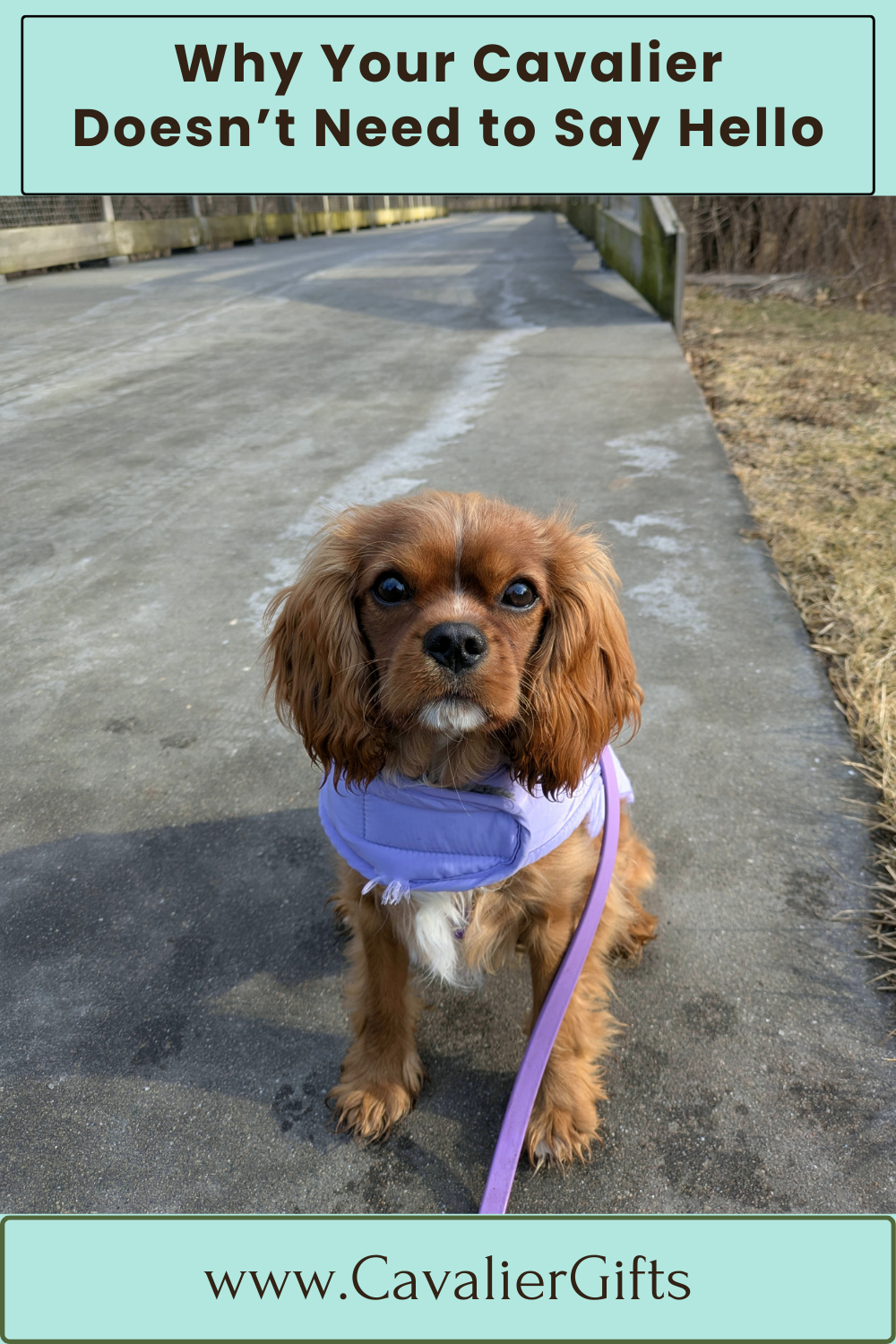
Google Ad Below
